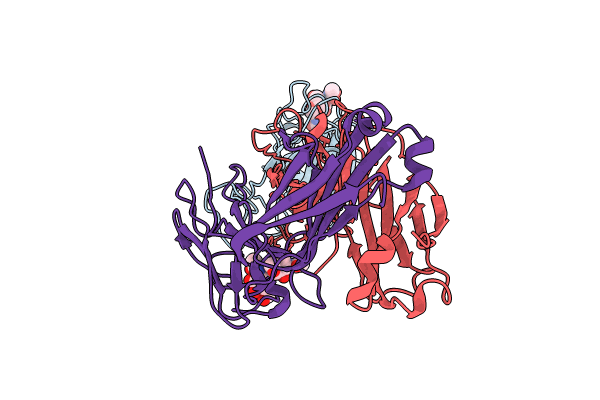
Deposition Date
2023-01-19
Release Date
2024-01-10
Last Version Date
2024-11-13
Entry Detail
PDB ID:
8C89
Keywords:
Title:
SARS-CoV-2 spike in complex with the 17T2 neutralizing antibody Fab fragment (local refinement of RBD and Fab)
Biological Source:
Source Organism:
Severe acute respiratory syndrome coronavirus (Taxon ID: 2901879)
Homo sapiens (Taxon ID: 9606)
Homo sapiens (Taxon ID: 9606)
Host Organism:
Method Details:
Experimental Method:
Resolution:
4.41 Å
Aggregation State:
PARTICLE
Reconstruction Method:
SINGLE PARTICLE


